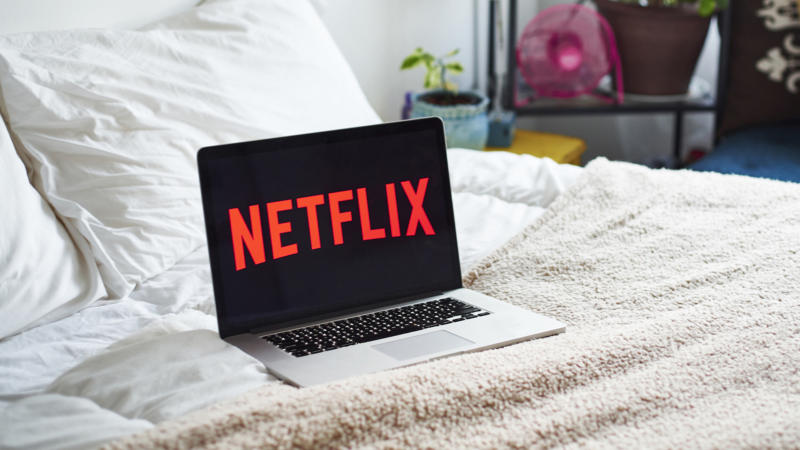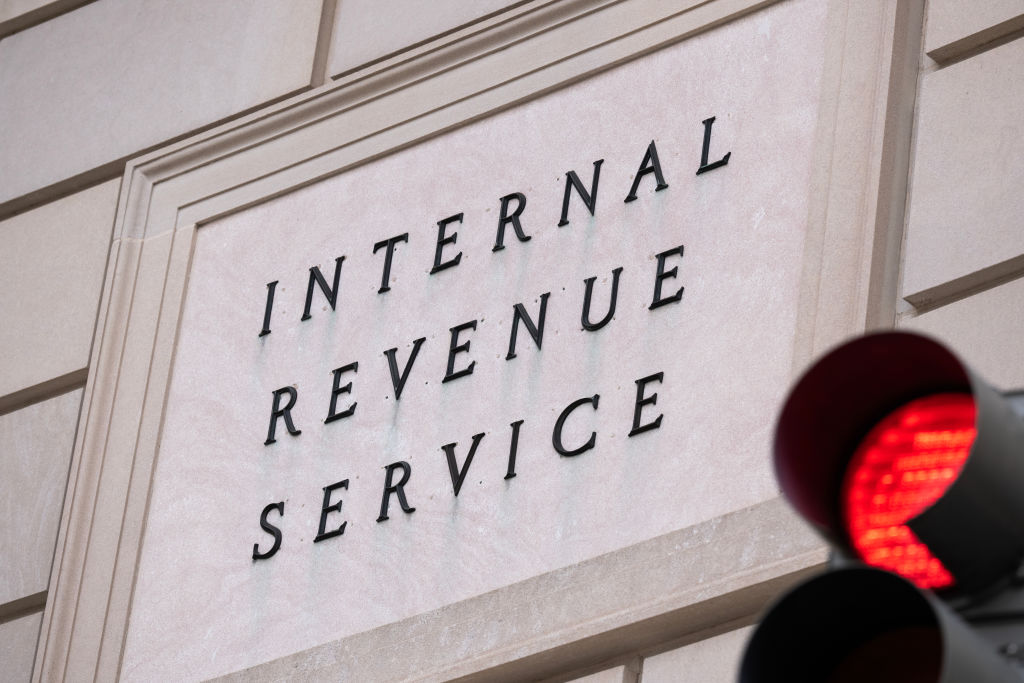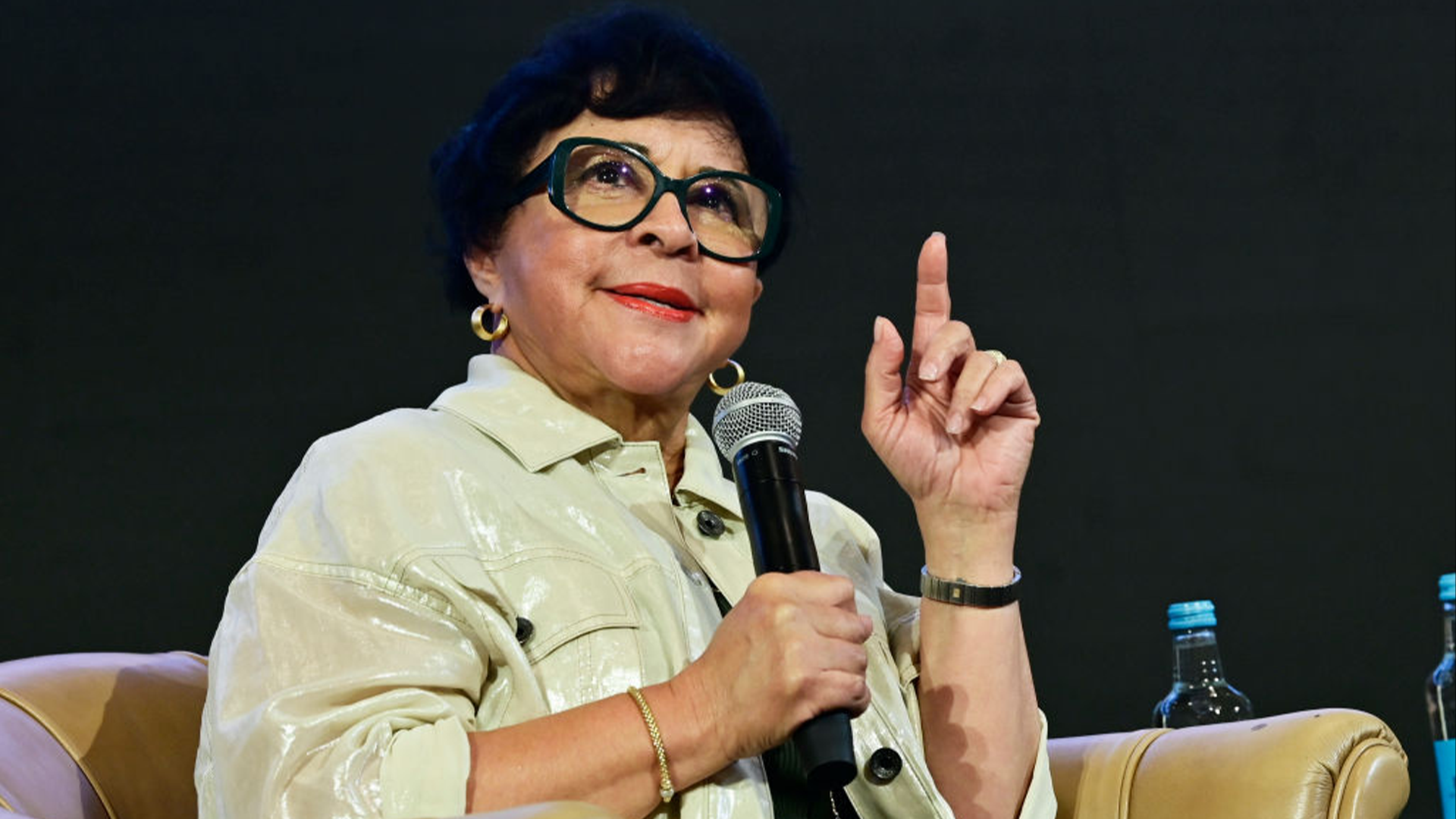The coveted Netflix sound indicating that a new show is starting could be ringing slightly softer as subscribers leave the platform, which has led Netflix to lay off 150 employees.
As of May 17, the streaming platform confirmed with NPR that they were restructuring its labor force after the first significant loss in subscriptions in a decade.
It's All About Numbers
Totaling less than two percent of its workforce, most layoffs occurred in the United States.
“As we explained on earnings, our slowing revenue growth means we also have to slow our cost growth as a company. So sadly, we are letting around 150 employees go today, mostly US-based. These changes are primarily driven by business needs rather than individual performance, making them especially tough as none of us want to say goodbye to such great colleagues. We’re working hard to support them through this very difficult transition,” a Netflix representative explained to CNBC.
Noting that the staff changes are primarily based on business needs and not “individual performance” metrics, Netflix’s decision was about costs. As revealed by a first-quarter earnings call, the tech giant looked to have better control over costs since revenue had slowed down.
The control over cost trickled down to how employees used money, indicating why layoffs occurred. In a recent company memo about work culture, one of the suggested values was for Netflix employees to “spend our members’ money wisely.”
The Writing Was On The Wall
Just last month, the company was exploring a tiered priced program that would allow subscribers to choose the type of viewing options they’d prefer based on affordability (ads included vs. ad-free). This would be the first time in the company’s history that it would offer ads to its programming as a means to offset overall costs.
One of the most controversial changes coming from the company was its earlier announcement that it was exploring options to eliminate password sharing among users. According to CNBC, data suggested that of the 222 million household subscriptions, more than 100 million additional households had access to the platform via password sharing.

















